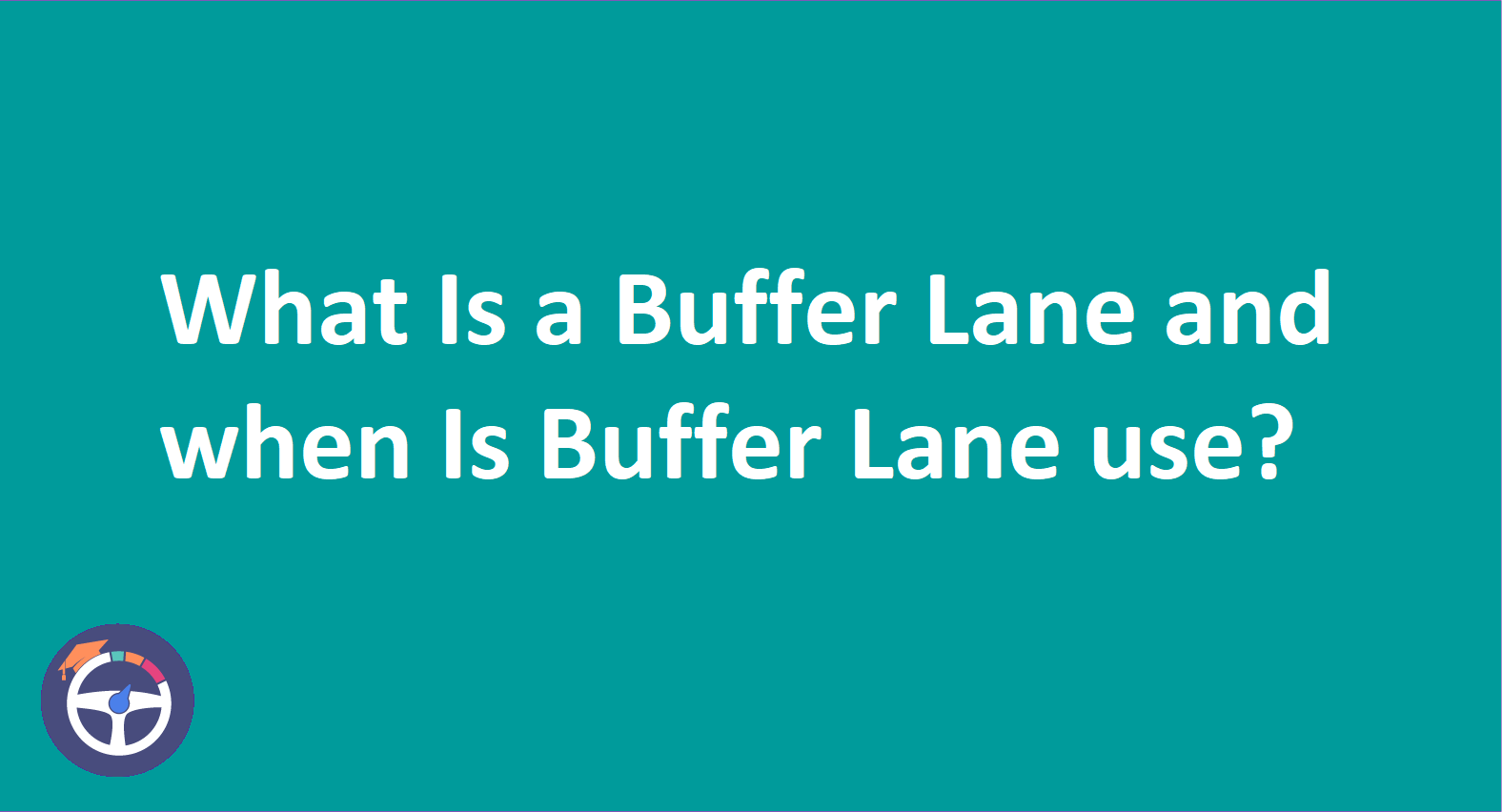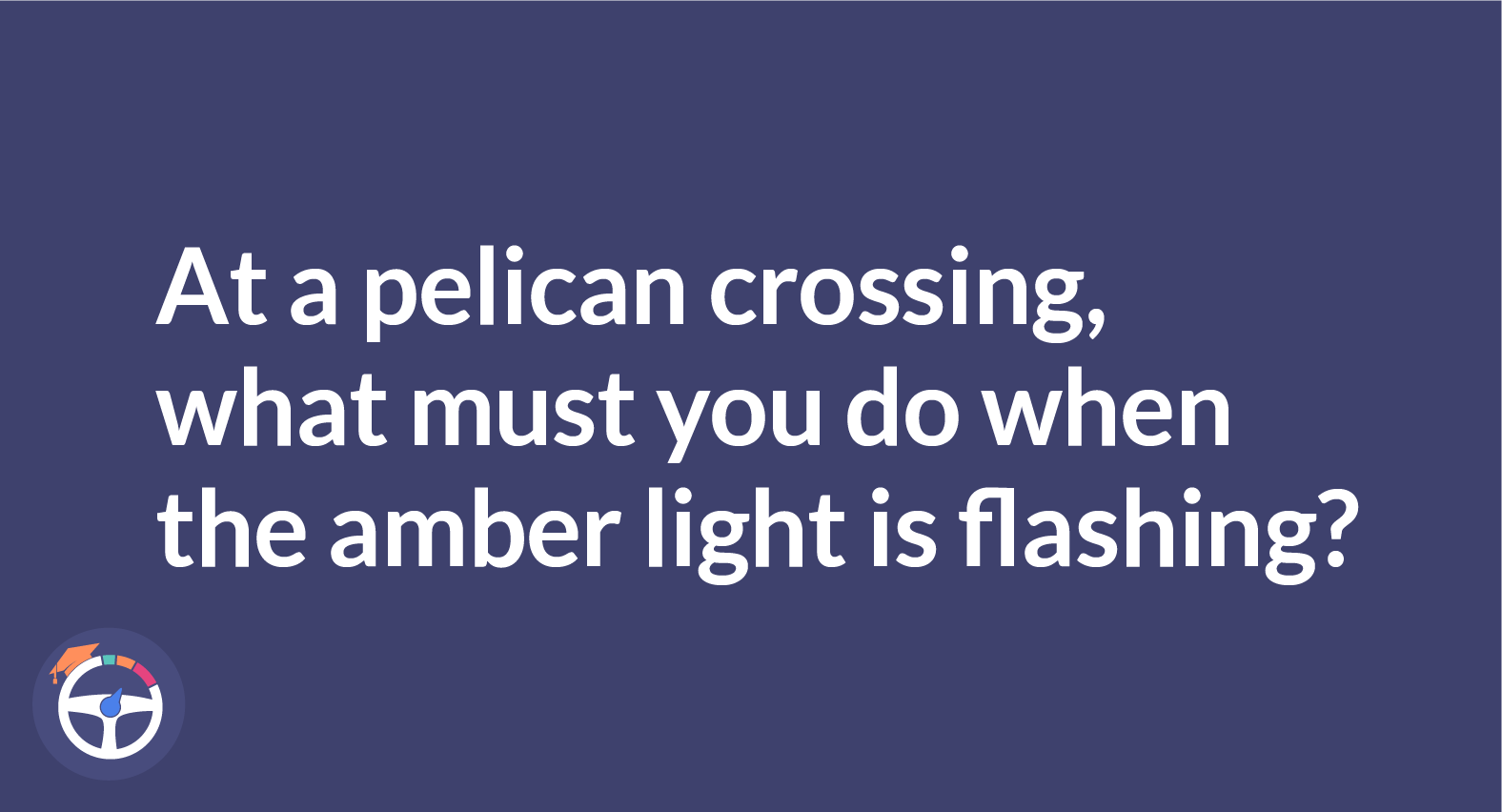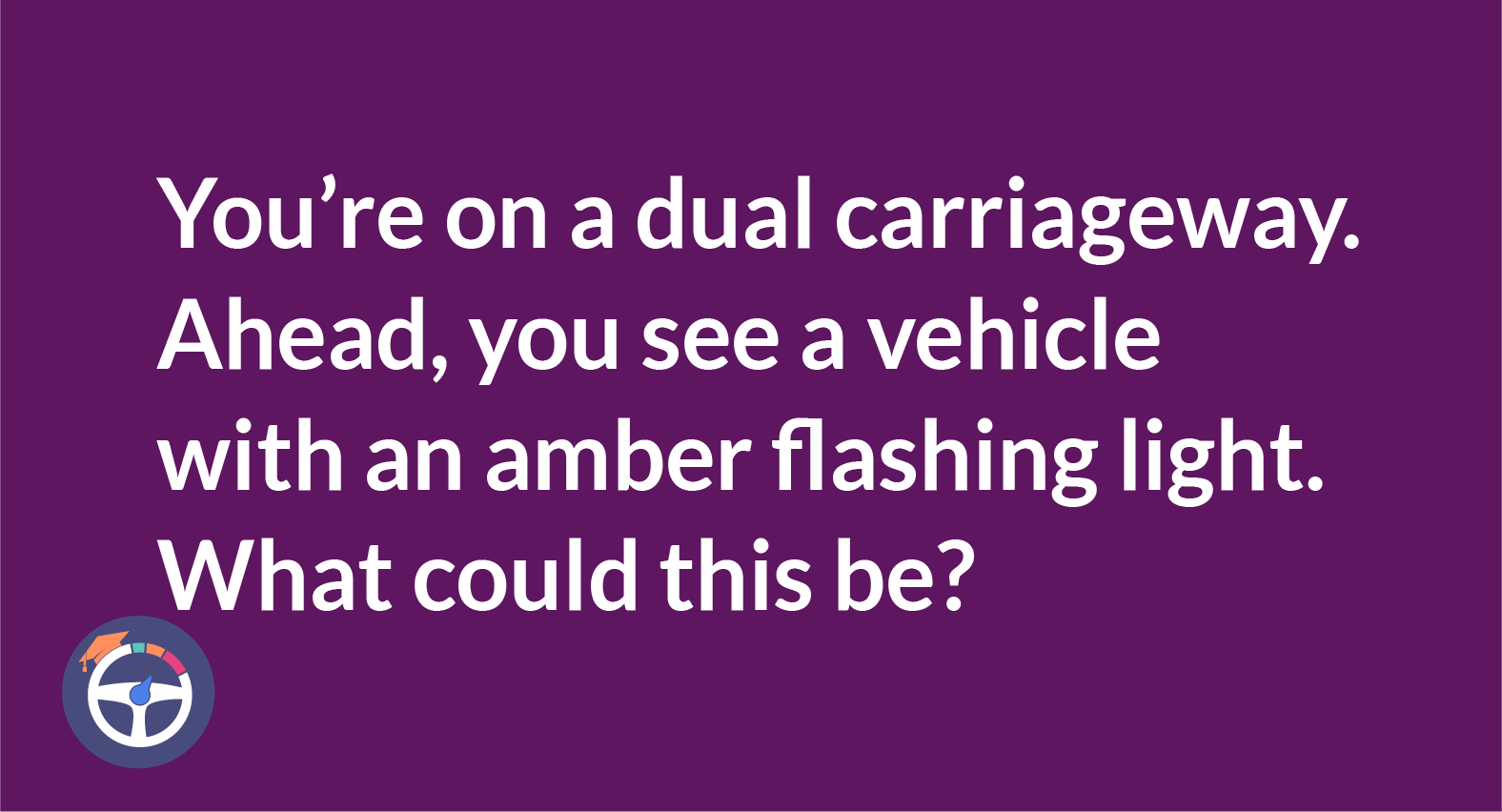What is a Buffer Lane and when is Buffer Lane use?
A buffer lane is designated for use when wind poses a threat to high-sided vehicles; otherwise, it functions as a regular lane. Only utilize the buffer lane if your vehicle has been pushed off course into it or if you need to use it to prevent an incident or collision.

Contents
- What is a Buffer Lane and when is Buffer Lane use?
- What Is A Buffer Lane?
- When Do You Use Buffer Lanes?
- Who Needs to Use Buffer Lanes?
- Important Notes Regarding Buffer Lanes:
On a calm day, driving can be easy! But when the wind picks up, things can get a little hairy. Especially for large vehicles like buses and trucks! This is where buffer lanes come into play!
What Is A Buffer Lane?
A buffer lane is a designated area of a road that is separated from regular traffic lanes by a painted or striped buffer zone. Although, there are several uses for these lanes! But increasing safety is their main goal.
When Do You Use Buffer Lanes?
The following are some important scenarios in which buffer lanes may be used:
1. Windy Conditions: The most typical situation is this one. Strong winds have the ability to suddenly swerve high-sided vehicles such as buses and trucks. For those cars that are blown off course by severe gusts, buffer lanes offer a safe haven.
2. Cyclist Safety: Buffered lanes can be used in certain situations to designate a specific area for bicycles keeping them apart from moving vehicles. It also enhances the safety of both riders and motorists.
3. Work Zones: To reduce the chance of accidents during road construction projects, buffer lanes can be used to physically separate workers from lanes that are in use.
4. High-Speed Roads: To lessen the risk of collisions during lane changes, buffer lanes may be used on highways and freeways to separate high-speed traffic lanes from merging or exiting vehicles.
Who Needs to Use Buffer Lanes?
Buffer lane use depends on the signage. And the particular circumstances! Here’s a breakdown:
1. High-profile vehicles that are more likely to be blown off course should use buffer lanes. Generally speaking, automobile users should only use buffer lanes when absolutely necessary in windy conditions.
2. Any buffer lane reserved for bicycles is completely off-limits to automobile traffic. Share the road sensibly and give cyclists designated space.
3. Buffer lanes in work zones are not intended for use by regular traffic. Observe all posted signs and flaggers instructions regarding lane closures and detours.
4. Vehicles merging or removing themselves from a vehicle may use buffer lanes. To safely navigate these lanes, always pay attention to traffic signs and road markings.
Important Notes Regarding Buffer Lanes:
1. Parking is not permitted in buffer lanes. They should always be kept free because they are designated safety areas.
2. You should instantly yield the right of way including any buffer lanes you may be occupying if you witness an emergency vehicle approaching with its lights and sirens on.
3. Recognize their presence on the road even when you are not utilizing a buffer lane. This makes it easier for you to predict how prominent cars that may have to use them in windy situations will behave.
You can help make driving safer for everyone on the road by being aware of the function and appropriate application of buffer lanes. To potentially save the day for a high-sided vehicle caught in a strong gust of wind, keep in mind that striped zones serve as buffers the next time you see them.


